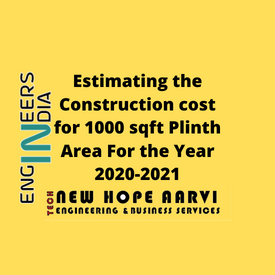The key points of being a civil engineer.

The key points of being a civil engineer The key factors of being a civil engineer Construction civil engineers have a terrific deal of duties of their discipline. They are immediately liable for the control and making plans in relation to building reservoirs, dams, homes, railroads, airports, bridges, and highways. Not handiest do they use resources in designing, however, in addition, they participate in estimating fees, scheduling, making plans, acquiring materials, deciding on gadgets used, and controlling fees. In the sector of creation civil engineering, the layout of the technique of creation, evaluation, science, and arithmetic are all essential. What is more, is that creation civil engineers are entirely liable for among the homes and systems you operate on a regular basis. The bridges you power over, the tunnels you power through, the dams you see, the houses you stay in, the organizations you operate, and the airports you fly out of. There are few quantities of obligati





